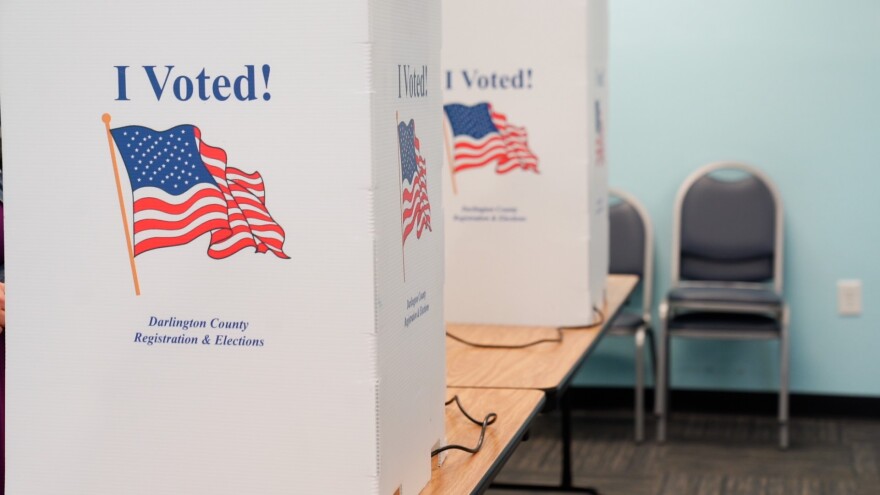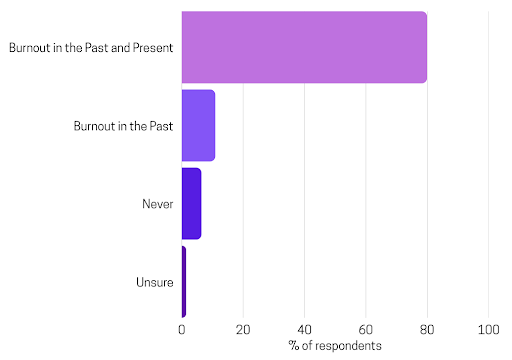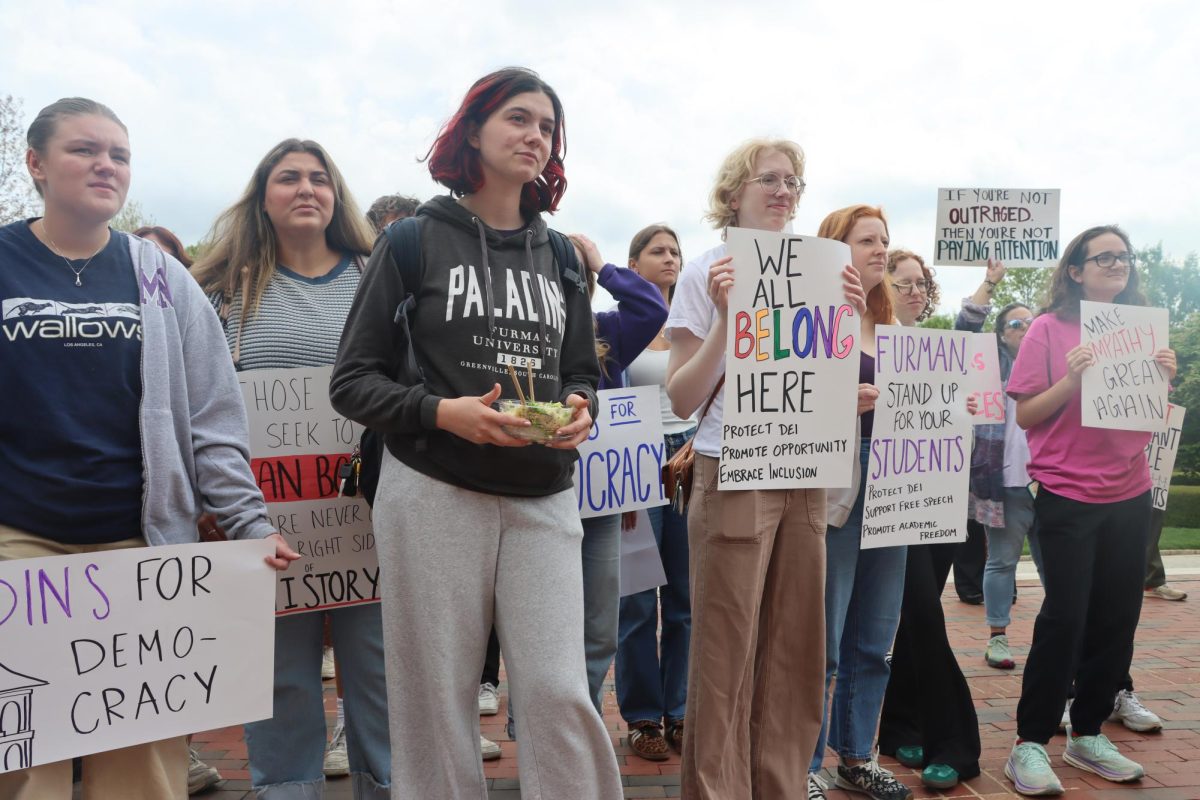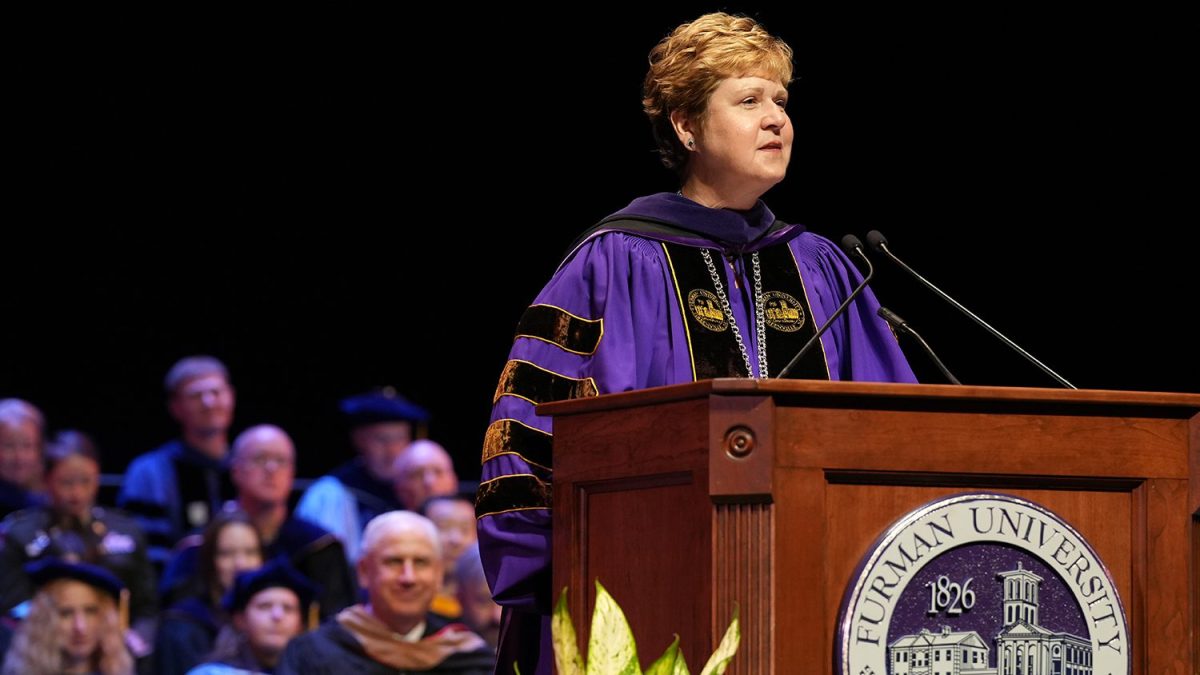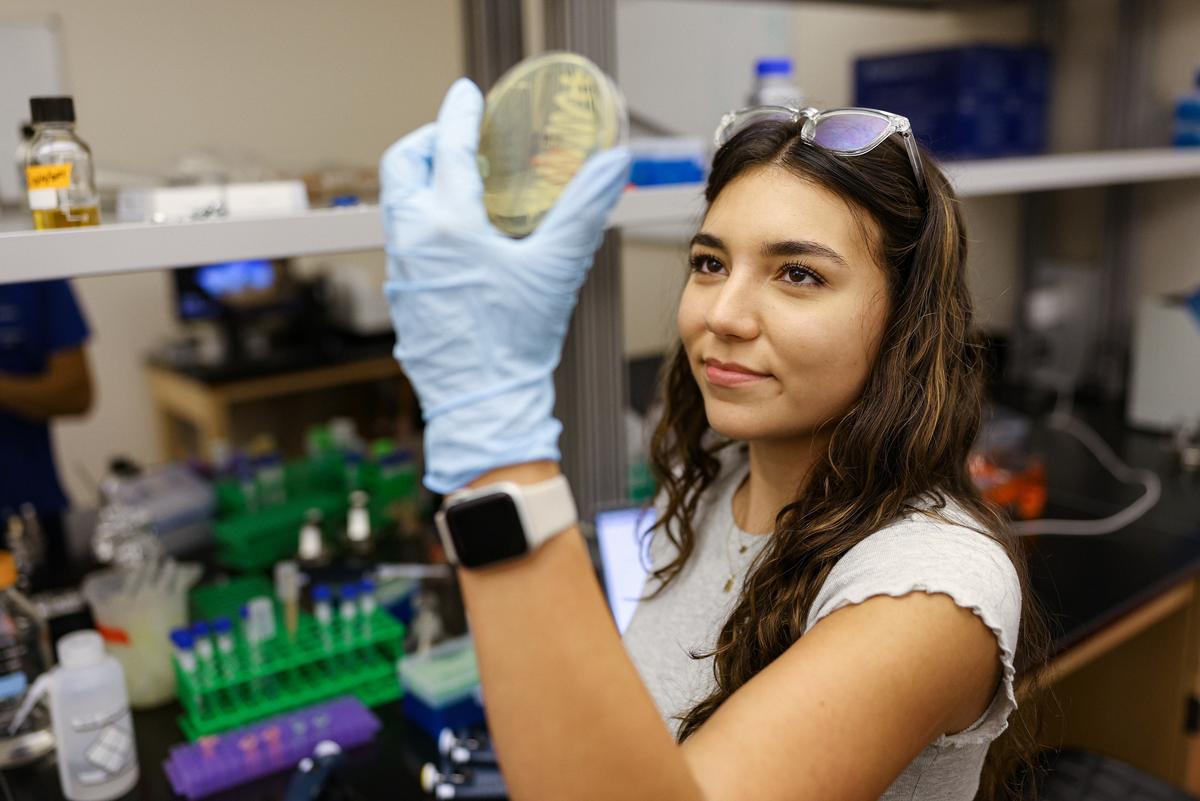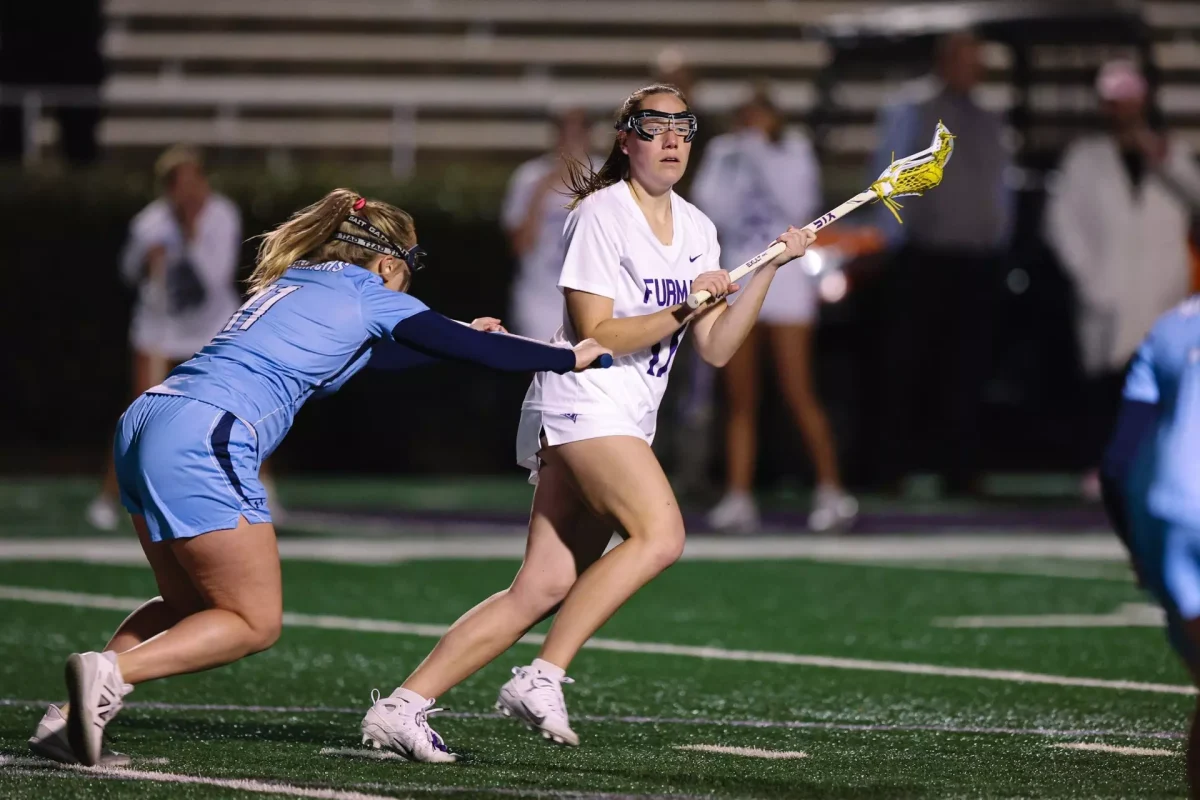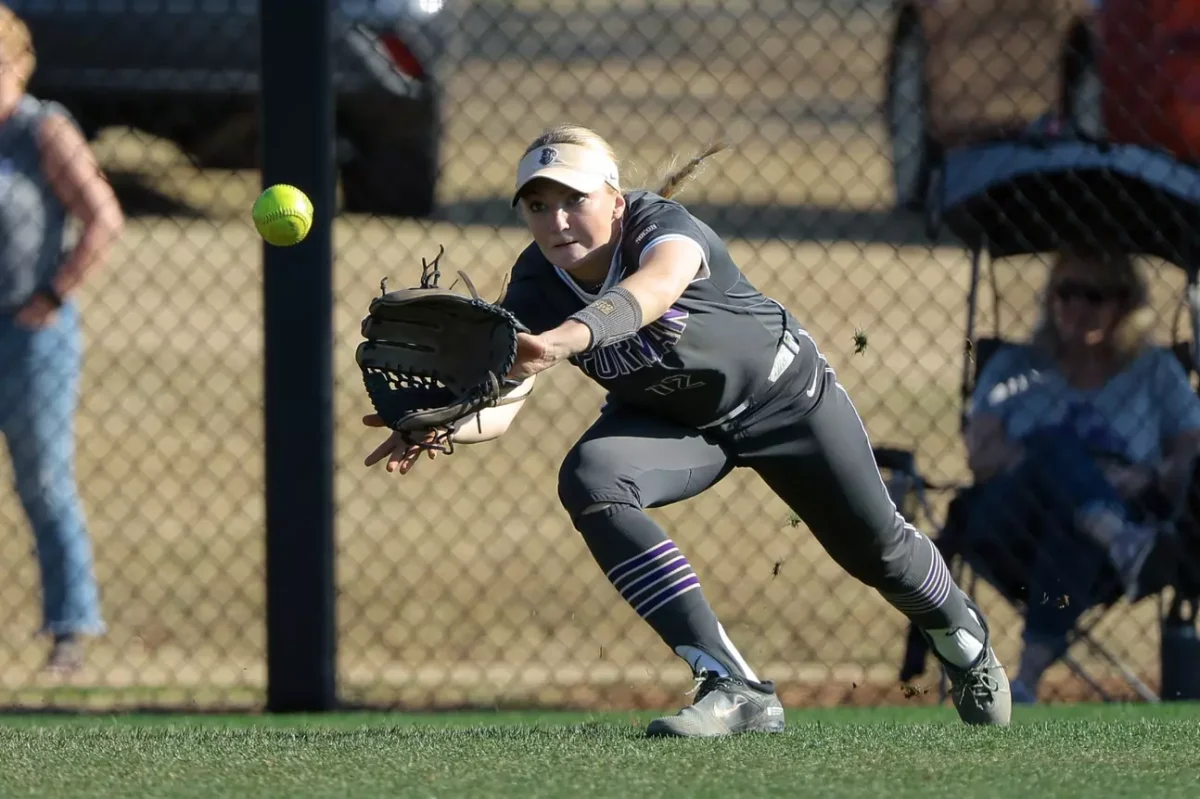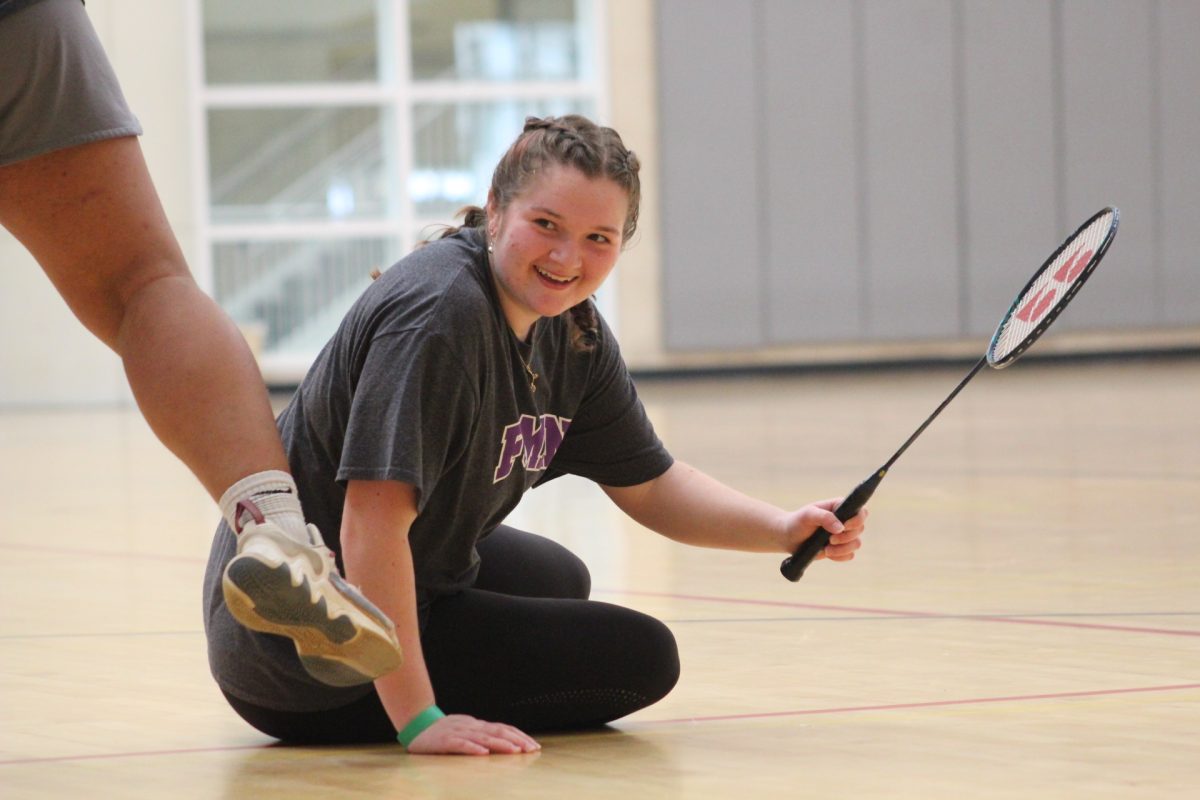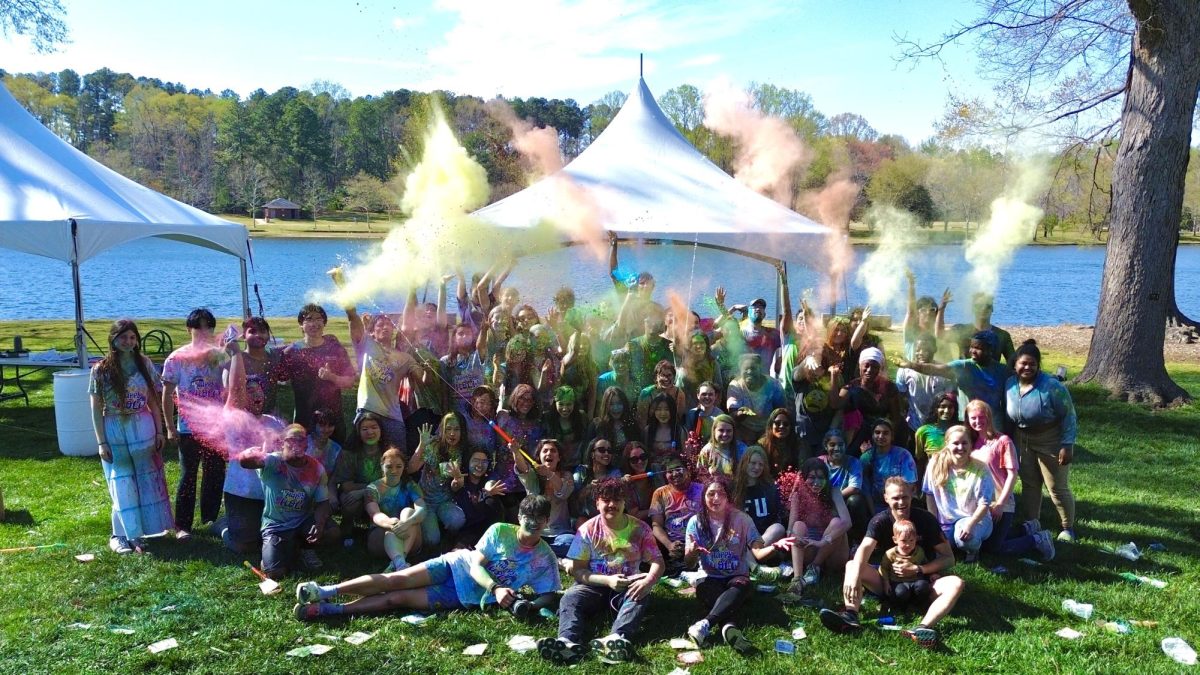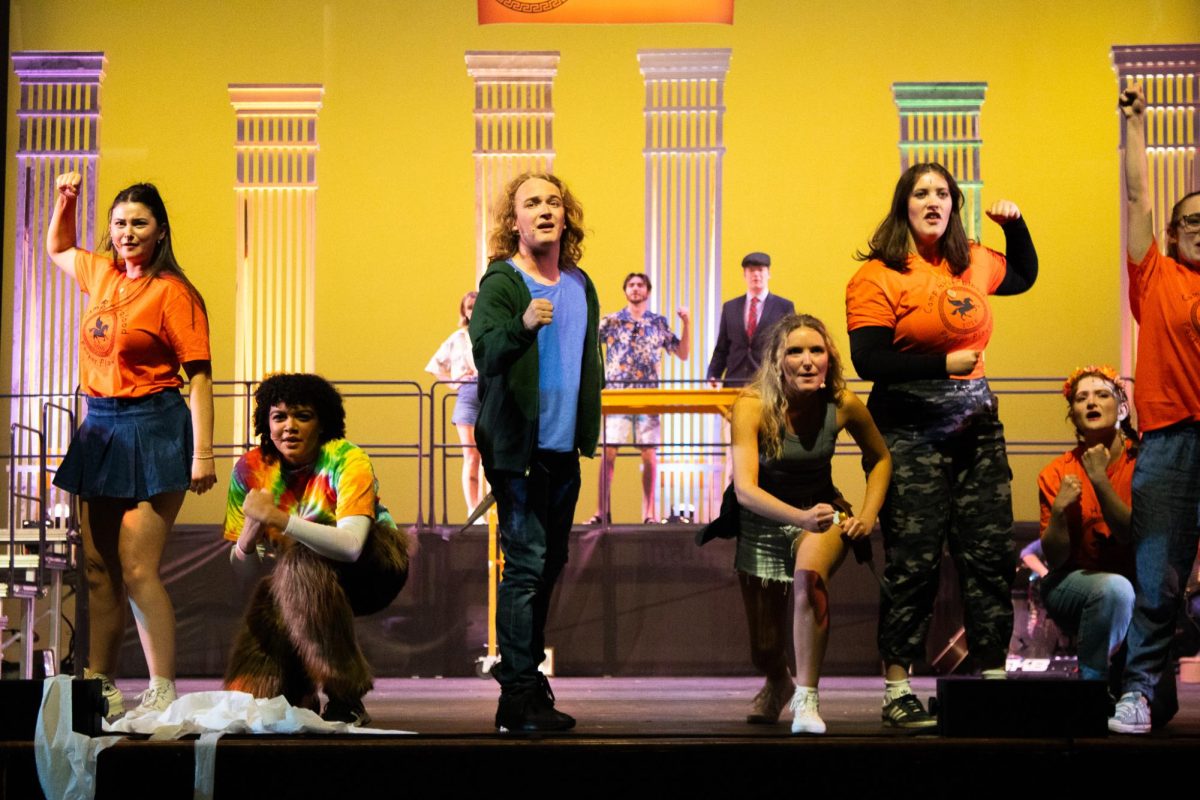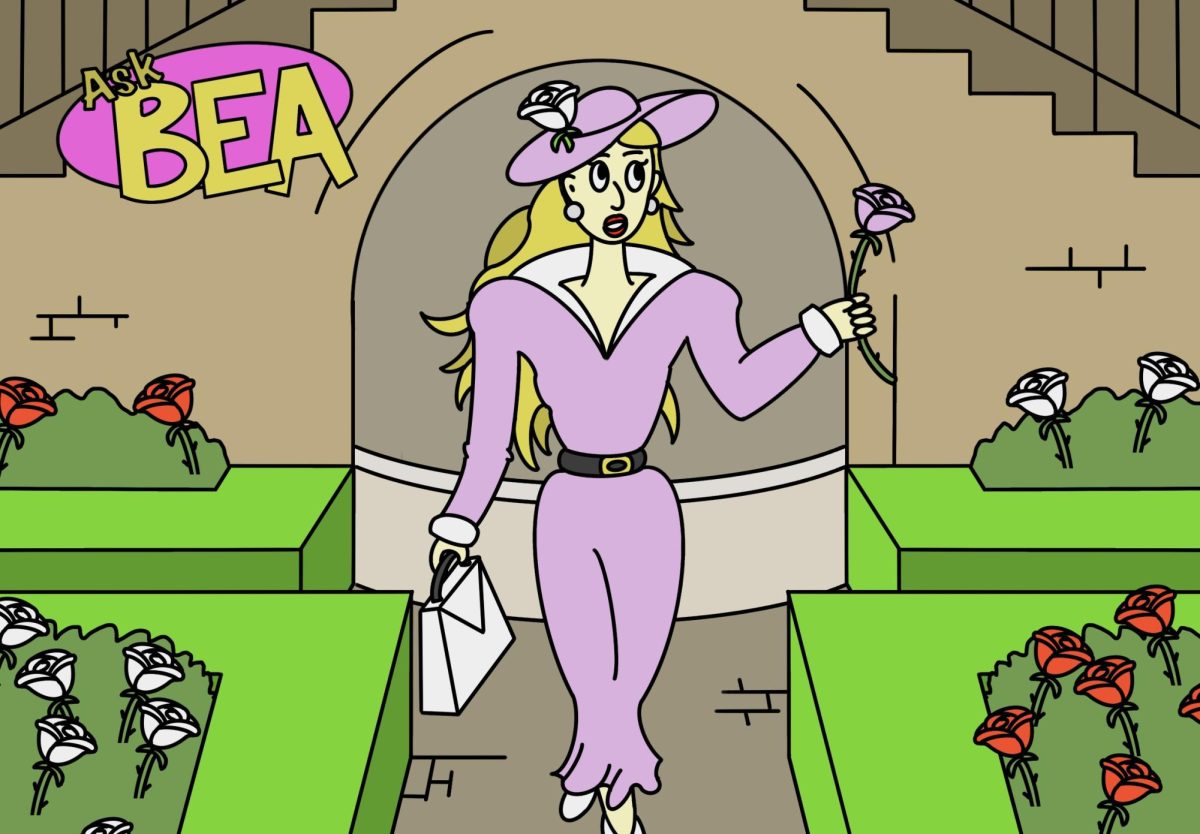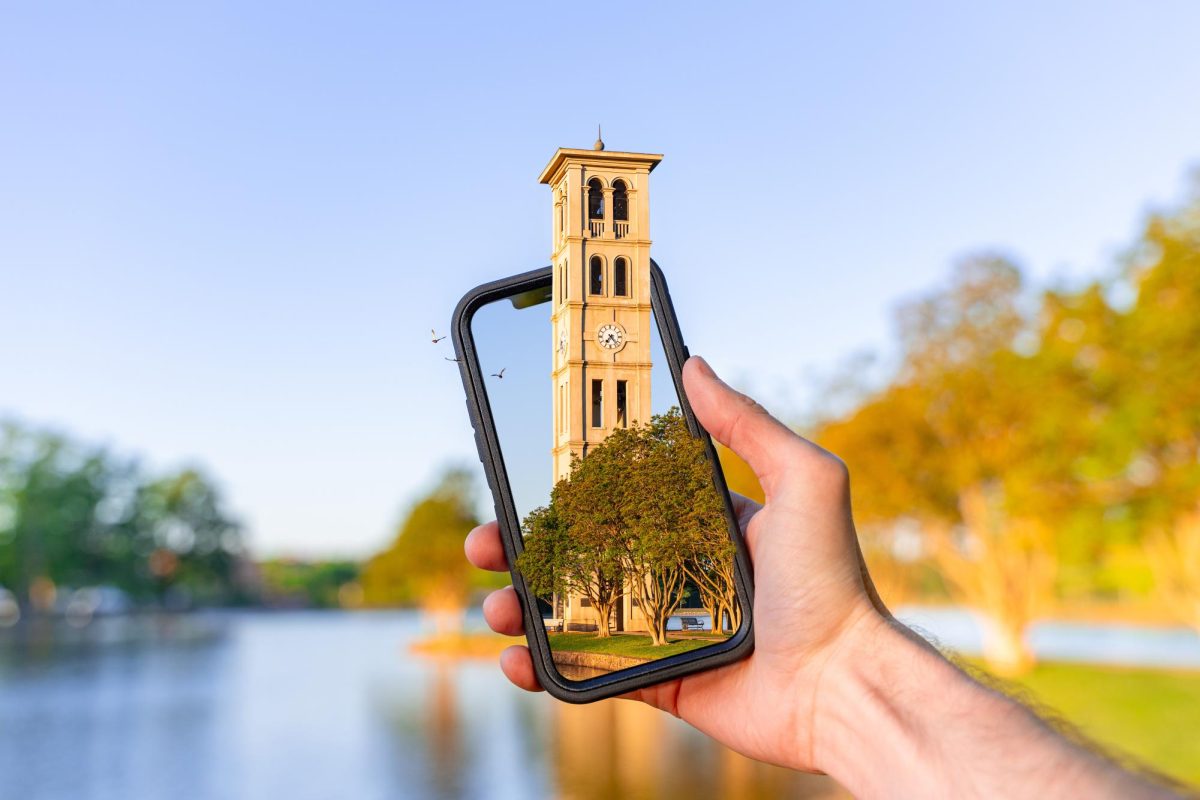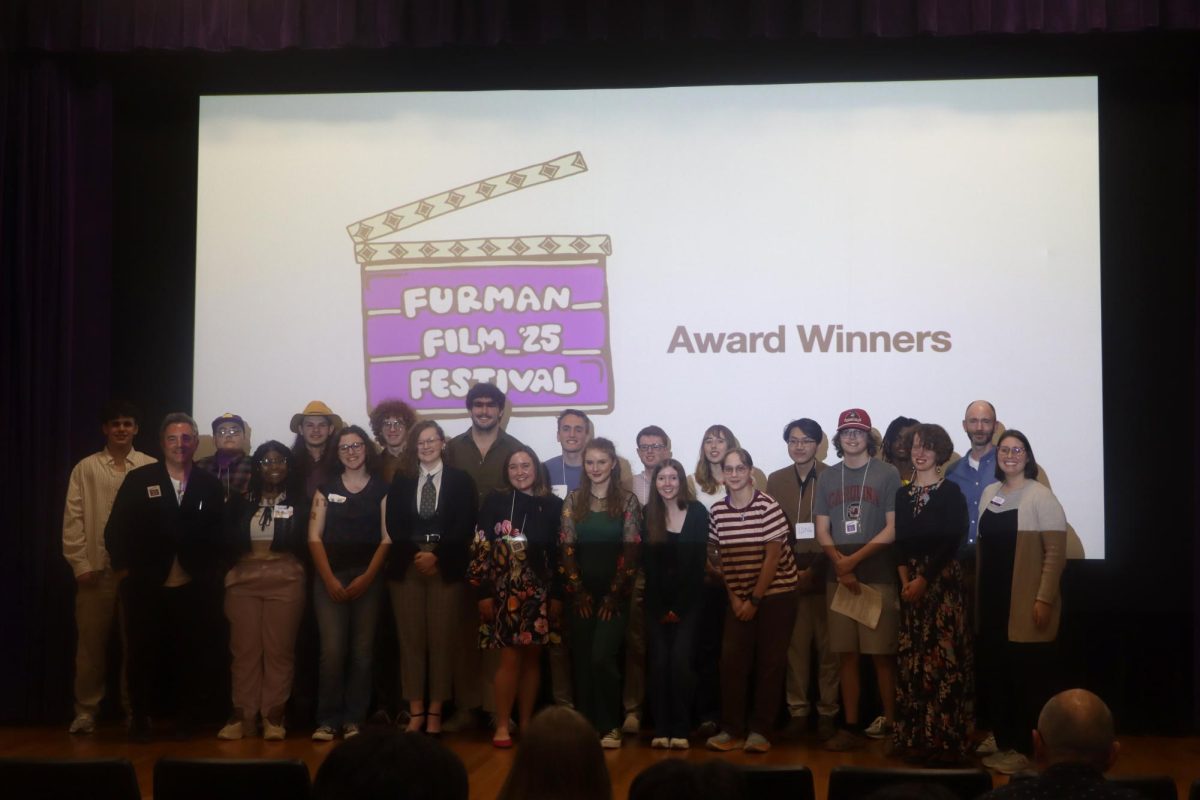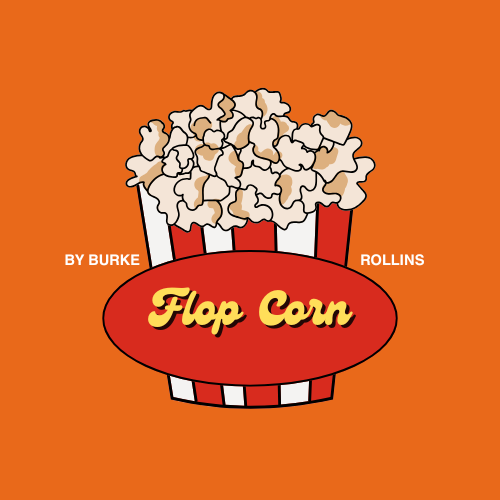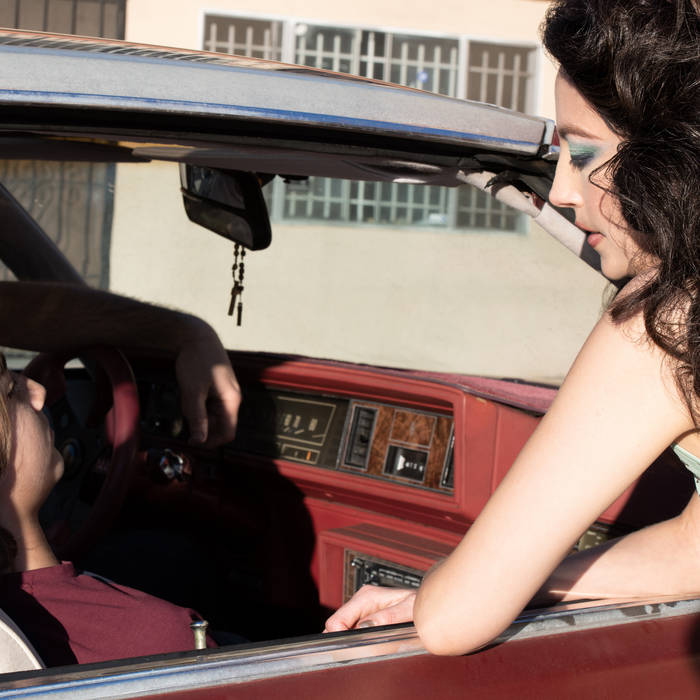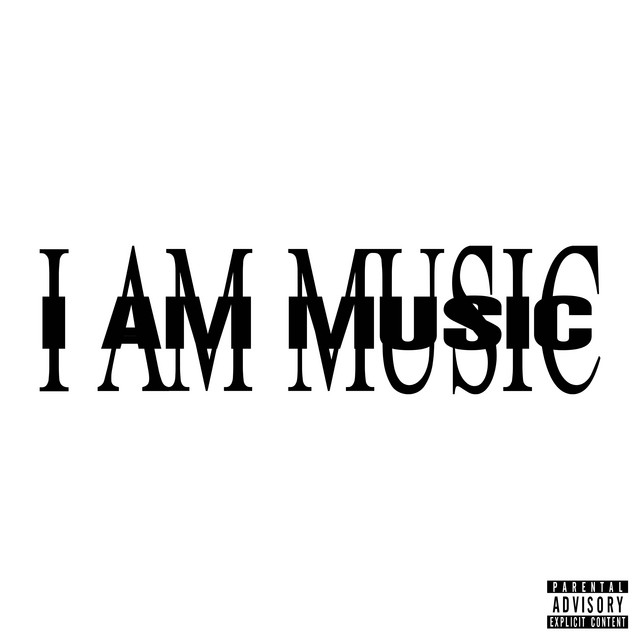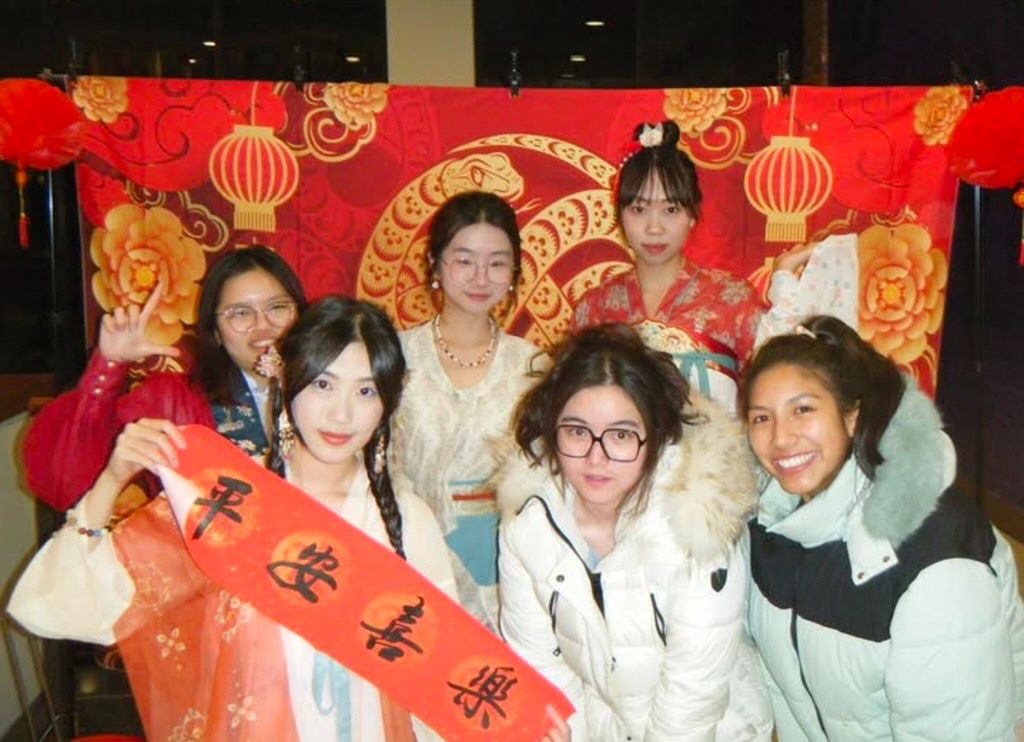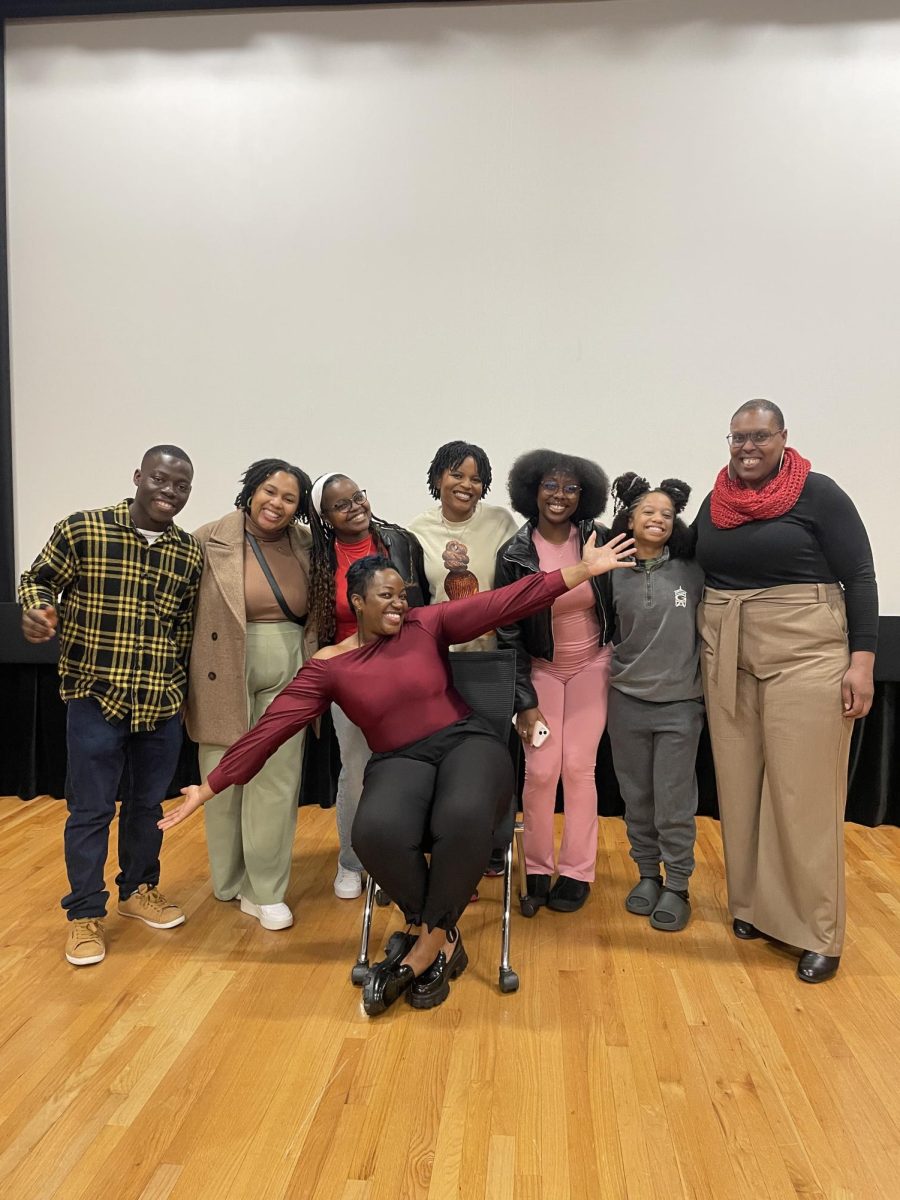Furman University Chinese Student Association collaborated with Furman University Student Activities Board to put on their first event of the semester in celebration of the Lunar New Year. The event took place on Jan. 29 in the Trone Student Center, providing an educational and festive experience to celebrate the diversity of Chinese culture.
One major goal of the Chinese Student Association was to make this event not only fun, but also educational for the student population. To ensure cultural authenticity, organizers worked closely with the Chinese exchange students on the Chinese Student Association’s executive board.
“This is a time to get together and have fun and get free food, but it’s also a big way to promote CSA and promote more people to understand Chinese culture. There’s a lot of misconceptions about Chinese culture, so it’s a good way to educate people,” said the Chinese Student Association president Luca Breslin (‘26).
The history of the Lunar New Year dates back thousands of years. This holiday takes place on the second full moon after the Winter Solstice, as determined by the traditional Chinese calendar — a lunisolar calendar that merges the lunar and solar cycles. This year is the Year of the Snake. In ancient China, the snake was considered a mysterious and powerful creature, often a symbol for medicine, healing and mysterious power. It is one of twelve Chinese zodiacs, and those born during the Year of the Snake are said to have intelligence, wisdom and intuition.
Lunar New Year is also recognized as the Spring Festival because it marks the beginning of the spring season, a time for renewal and growth. The holiday’s origins are rooted in ancient rituals that were performed to honor nature and ancestral spirits, seeking blessings for a bountiful harvest, good fortune and health in the coming year. Over time, these rituals evolved into the celebrations we now associate with the holiday, reflecting the agricultural importance of the season.
The event offered many opportunities for students to experience the traditions of Lunar New Year, such as calligraphy and lantern painting. Calligraphy is an important art used by families during the Lunar New Year celebrations. Its purpose in traditions is to incite fortune by writing characters with positive meanings and greetings for the New Year. Furthermore, the act of writing these characters helps connect individuals to the broader cultural history of China as it has been practiced for thousands of years (Sijia).
Similarly, lanterns are also an important symbol in these celebrations. They symbolize the removal of darkness and the replacement of a new, bright year. During festivities, participants create and display their vibrantly decorated lanterns, a practice that also dates back thousands of years. (Chinese Lanterns)
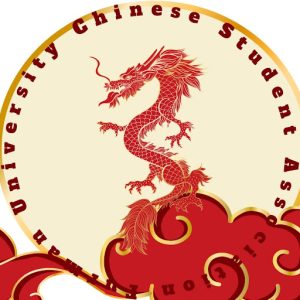
Other activities at the event included paper-cutting, a photo booth and a prize raffle.
The celebration was catered by Noodle Lady, a local Chinese food truck, which provided authentic Chinese cuisine like noodles and dumplings. Students were also offered free bubble tea drinks from Ding Tea.
By blending entertainment, food, and cultural education, the Chinese Student Association’s Lunar New Year event captured the spirit of the festival. From hands-on activities to authentic Chinese cuisine, the Chinese Student Association and the Student Activities Board created a celebratory atmosphere that welcomed students from all backgrounds to partake in and learn about Chinese culture.
The success of this event highlights the importance of fostering an inclusive and diverse campus environment. The Chinese Student Association’s Lunar New Year celebration helped bring the Furman community together for a lively cultural experience. Opportunities for students to engage with and appreciate different cultures remind us of the values of fostering cross-cultural understanding, creating a campus where diverse traditions are celebrated and respected.
As the Chinese Student Association continues to host meetings throughout the semester, students are encouraged to participate and connect with the cultural diversity present within our student body. At the Chinese Student Association monthly meetings, students can look forward to hands-on activities such as crafts like jewelry making and fan painting, offering an immersive way to learn about Chinese traditions. The Chinese Language House also hosts weekly events, where students of all backgrounds can enjoy a relaxed environment with snacks, crafts, cooking, Chinese films and more.
“It’s for everyone, and anyone who wants to learn about the culture is more than welcome to join!” said Breslin.
The Chinese Student Association will next meet on Feb. 20 at 7 p.m. in Riley 107. Interested students can get connected by joining the Chinese Student Association on SyncDin.

